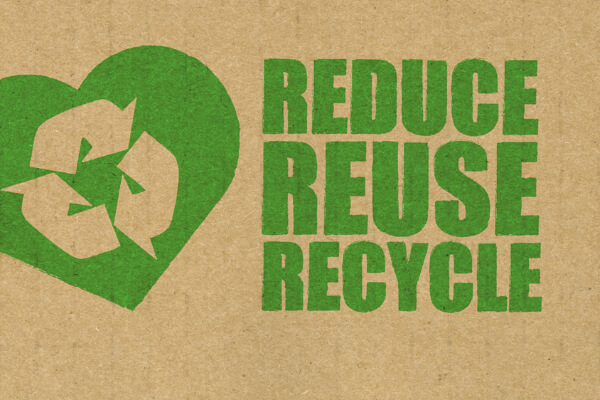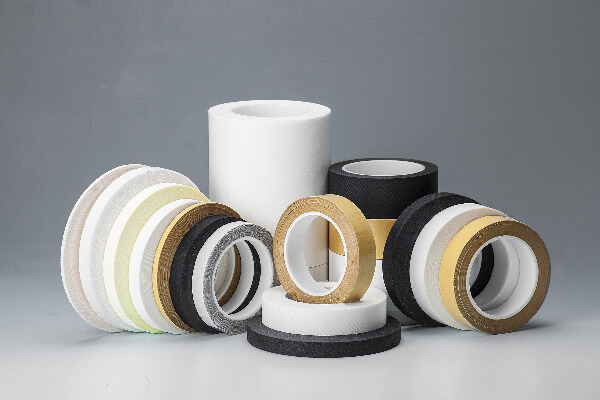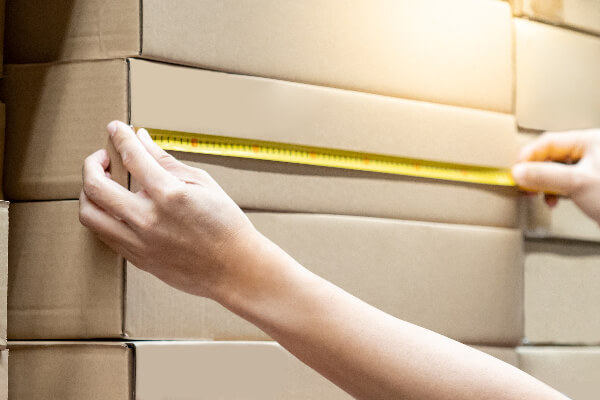Paper Bags are a commonly used packaging material in daily retail, whether you’re buying clothes in a department store or picking up bread from a bakery. But what makes them so popular among both businesses and consumers? In this article, you might find the answers.
Biodegradability
Paper bags are biodegradable, meaning they can naturally break down into simpler compounds, typically water and carbon dioxide, through the action of microorganisms in the natural environment. This process usually takes only a few months, while regular plastic bags can take several decades to decompose in nature, leading to long-term soil deposition.
Because the byproducts of paper bag decomposition are harmless, they do not cause environmental pollution. Additionally, as paper bags are biodegradable, using them can effectively reduce issues related to waste accumulation, ultimately lowering the cost of waste management.

Renewable Resource
The primary raw material used in making paper bags is wood pulp, derived from renewable resources like trees. This means that the production material won’t be depleted and will naturally regenerate in the environment. Unlike non-renewable resources such as petroleum, you don’t have to worry about the risk of resource depletion.

Reducing Plastic Pollution
Plastic bags have become widely used in modern society, but they also bring about the following environmental issues:
- As mentioned earlier, plastic bags take a long time to degrade in natural environments, leading to waste accumulation.
- Regular plastic bags, whether decomposing in soil or burning, release toxic substances, causing pollution to the soil or air, ultimately affecting human health.
- Some plastic bags find their way into the ocean, where marine animals may ingest them, causing harm.
Using paper bags more frequently can help reduce these potential sources of pollution at the source, contributing your part to environmental protection.

Recyclable And Reusable
Another advantage of paper bags is that they are recyclable and reusable.

Recycle
After use, paper bags can be recycled and transformed back into pulp. This recycled pulp is then used to create new paper products, such as cardboard boxes. This way, we don’t need to cut down new trees, reducing the cost of waste management and significantly promoting environmental conservation.
Reusable
Paper bags are sturdy, durable, and aesthetically pleasing. After purchasing items, you can keep the paper bags and reuse them when needed. For example, you can take them to the supermarket for shopping or use them to carry things when you’re out. The more paper bags are reused, the fewer new bags need to be produced, and fewer trees need to be cut down. This effectively conserves resources.
Save Energy
Compared to common plastic bags, the production process of paper bags consumes less energy. Plastic bags are made from petroleum, involving multiple processes of extraction and refinement, each of which requires a significant amount of energy. In contrast, the production process of paper bags, which utilizes paper pulp, consumes considerably less energy. Lower energy consumption not only translates to resource conservation but also means fewer greenhouse gases, such as carbon dioxide, are produced during the manufacturing process, making it more environmentally friendly.

Versatility
Paper bags can be used in various situations. They can be designed to be sturdy and durable to meet the needs of retail packaging. They can also be elegantly wrapped for gift packaging. Additionally, they can be processed with special techniques and branded with logos to create shopping bags, enhancing brand visibility.

Strength and Durability
Many paper bags are crafted from kraft paper, a material known for its strength and durability. Bags made from this material are robust and can withstand substantial weight without tearing, allowing you to confidently use them for carrying heavy items

Customization
Compared to plastic bags, paper bags offer a greater degree of customization. Customization options for paper bags include the following:

Material Customization
There is a wide range of material options for paper bags, including kraft paper, white cardboard, coated paper, and more. Each type of paper has different characteristics, allowing you to choose the material that best suits your needs.
Diverse Shapes
Paper bags can be designed in various shapes. Different sizes, cuts, and even folds can give paper bags distinct features.
Variety of Accessories
Accessories like handles on paper bags come in many styles, such as Twisted Handle, Flat Handle, Ribbon Handle, and more. Combining these accessories with paper bags adds more visual appeal.
Surface Treatment
Paper bags offer more surface treatment options compared to other materials. In addition to regular printing, various surface treatments like hot stamping, UV coating, embossing, and more can be applied. These surface treatment techniques provide more design possibilities for paper bags.
These customizable options enable you to showcase your creativity when using paper bags to promote your brand, leaving a lasting impression on consumers.
Conclusion
These are the 8 significant advantages of using paper bags. We hope this information assists you in making informed choices when selecting bags. ReanPackaging offers a variety of paper bag categories and supports customization. If you have any questions about paper bags, feel free to contact us through our website. We are delighted to receive any inquiries from you.
More Resources:
Which Bag Is Best?- Source: NationalGeographic
What Are The Benefits of Paper Bag Production? – Source: Quora
12 Benefits and uses of Kraft Paper Bag in Daily life – Source: Medium



